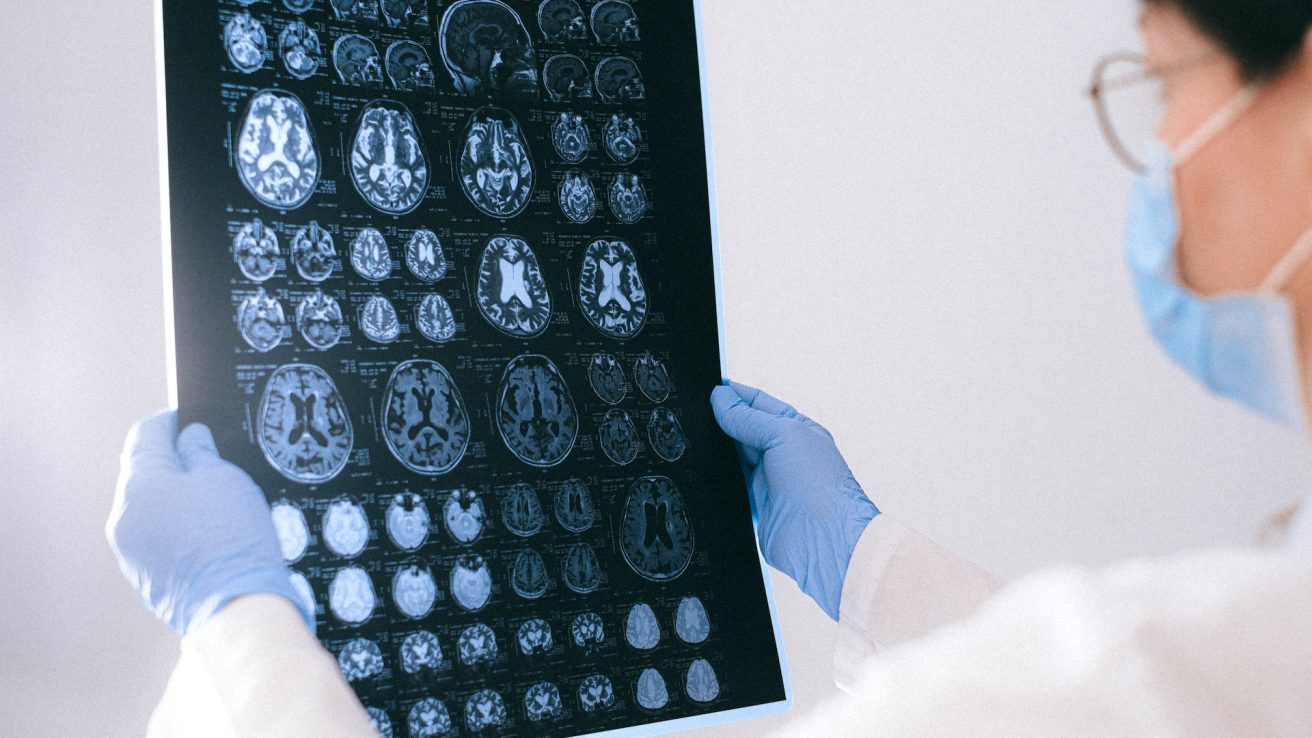Brain volume loss is independent of disease activity in multiple sclerosis and might respond to early administration of disease-modifying therapy.
Neurodegeneration is a characteristic feature of multiple sclerosis (MS). Magnetic resonance imaging (MRI) features, like brain and spinal cord atrophy and MS lesion T2 volume, are associated with neurologic decline and disability. Irreversible brain volume loss (BVL) reflects actual tissue damage and is a reliable predictor of future cognitive and physical disability in these patients. Multiple studies in the last decade have indicated that brain atrophy starts in the preclinical stage of MS and continues somewhat independently of inflammation. A study in Neurologia i Neurochirurgia Polska (Polish Journal of Neurology and Neurosurgery) has analyzed the relationship between BVL, MS disease activity, and early disease-modifying therapy (DMT).
Patient Characteristics
This retrospective, cross-sectional study comprised 147 MS patients, 68.7% of whom were female, with a mean age of approximately 42.13 years. The mean disease duration was approximately 10.70 years. The most common MS subtype was relapsing–remitting (83.7%), followed by secondary progressive (14.3%) and primary progressive (2.0%) types. The median Expanded Disability Status Scale (EDSS) score was 3.0. The mean duration of MS treatment was approximately 6.13 years.
MRI Activity Confirmed in Younger Patients With Frequent Relapses
No association was found between MRI atrophy and MRI disease activity. Patients with confirmed activity on brain MRI were significantly younger and had more frequent relapses in the past 2 years than patients with stable MRI findings. There was no significant difference in either disease or therapy duration or brain volume between patients with and without MRI activity.
Negative Correlation Between Brain Volume and MS/Treatment Duration
Comparing MS patients with and without MRI atrophy, a negative correlation was observed between brain volume and both MS and treatment duration.
EDSS Score Correlates With Disease and Treatment Duration
The total EDSS score correlated positively with both disease and treatment duration. However, no association of EDSS was observed with disease activity, indicated by the number of relapses in the past 2 years and MRI activity.
Association Between MRI Atrophy, EDSS Scores, and Disease Progression
Patients with MRI atrophy had higher EDSS scores compared to those without atrophy. There was a negative association between EDSS and the whole brain and grey matter volume. Patients with progressive MS had significantly higher EDSS scores than relapsing–remitting MS patients.
Treatment Delay Negatively Impacts Brain Volume in MS Patients
Treatment delay (indicated by the number of years from disease onset to the start of DMT) was negatively correlated with whole brain and grey matter volume. No significant association was observed between treatment delay and MRI disease activity or the number of relapses.
BVL is strongly associated with disability progression in MS patients independent of disease activity, and therapy delay leads to higher BVL. Therefore, brain atrophy should be regularly assessed to monitor the disease course and response to therapy.
Source
Slezáková, D., Kadlic, P., Jezberová, M., Boleková, V., Valkovič, P., & Minar, M. (2023). Brain volume loss in multiple sclerosis is independent of disease activity and might be prevented by early disease-modifying therapy. Neurologia I Neurochirurgia Polska. https://doi.org/10.5603/pjnns.a2023.0031










